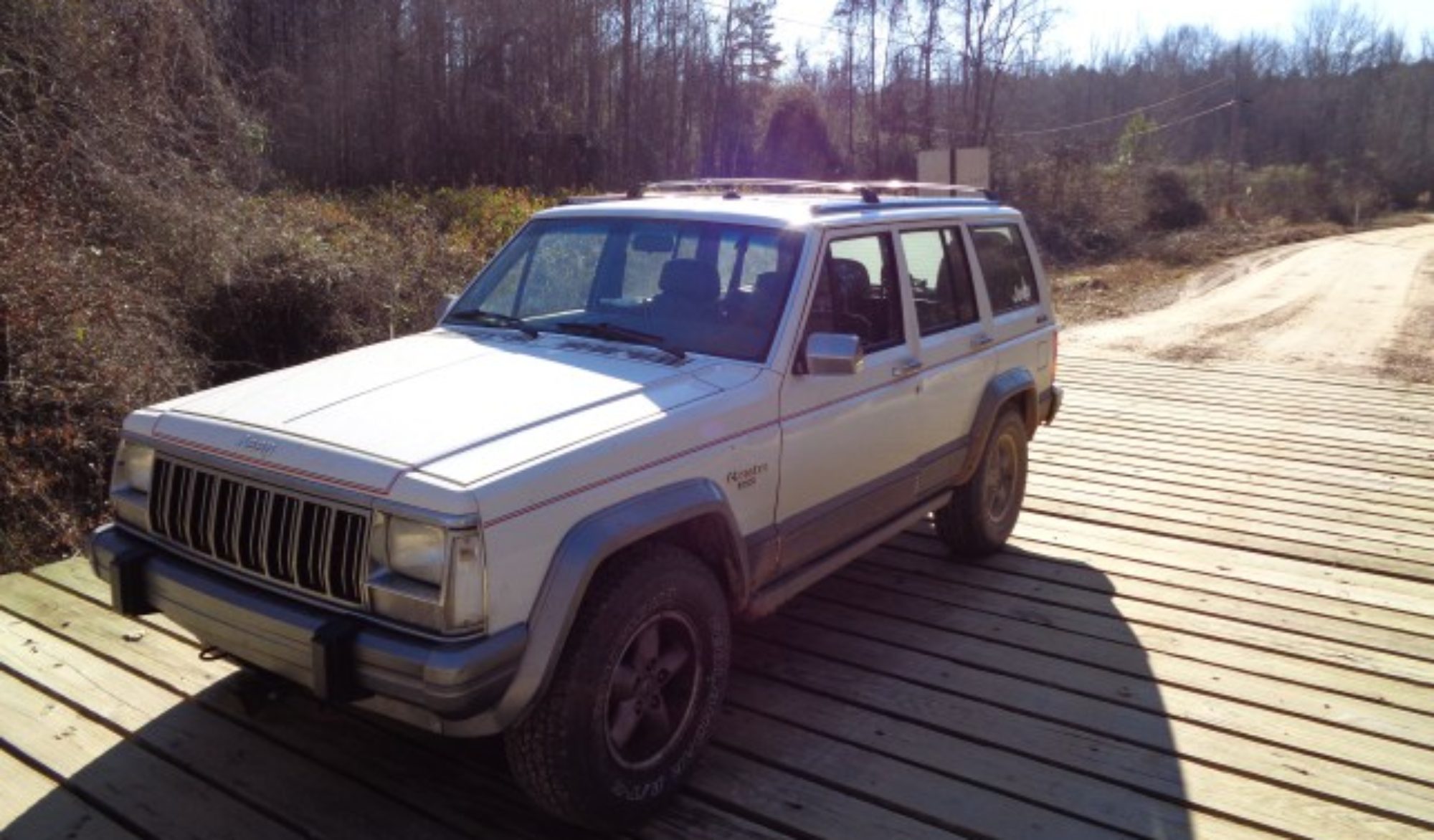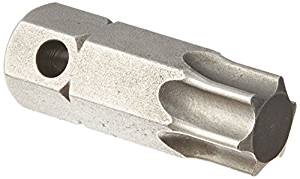The Hero Complex
One of Carl Jung’s archetypes is the hero. We all love the hero in our stories and movies. He is the one who despite all odds, swoops in to save the day. He puts aside his human vulnerabilities and makes every thing right in the end. Usually he does so with his own brute force or superior intellect.
The hero usually has no knowledge of the subtle forces of the universe working behind the scenes to create the situations he prevails against. He sees only the surface circumstances and his own power to save the day.
Without even realizing it, many of us long to be heroes. We love to help others who are less fortunate. We get great pleasure from pulling some one up or assisting them in some circumstance.
Often the pleasure is heightened when there is a common enemy involved. We often seek out someone or some organization to play the role of the villain so that we can be the hero and rescue some other soul from its evil clutches.
We often join in support groups where we commiserate with others about how we have been wronged by this person or that organization. When we cannot play the role of hero ourselves, we often seek out a hero. We look for someone to save us for the conditions that seem to be inflicted upon us.
What this hero complex misses is the realization that we each create our own reality. We create this though our thoughts both conscious and unconscious. Through what Jung refers to as synchronicity, events take place so that we see our beliefs played out in front of us in what we perceive as reality.
For example if we believe that money is scarce and that we have to work hard for money, we will see ourselves surrounded by poverty. We will create an evil villain out of the rich people around us believing that it is because of their oppression that so many are forced into poverty. We will totally ignore the opportunities that we have to create wealth for ourselves because we believe that the evil villain is repressing us.
Instead we will look for a hero to save us. We will seek a leader who will crush the evil rich people and spread the wealth among the poor and oppressed. Or we may try to be that hero and try to take down the rich. We will seek ways to destroy their wealth so that it will not be a constant reminder that we have not created the wealth that they have.
As a hero we take joy in watching one of the evil rich people come to ruin in either a personal scandal or bankruptcy. What we often fail to notice is that these situations are but temporary set backs to those who understand the workings of the universe. Even if they loose all their wealth, they will use the universal principles to create more wealth unless they too fall victim to he blame game and begin searching for or acting as a hero.
The hero loves to solve problems. He feels good when he overcomes some great obstacle to attain success. People who attain the same success with out the seeming struggle are often looked down upon by those who seek the hero archetype. Success that comes too easy is not looked upon as success. Even if the results are the same.
The belief that life was meant to be a struggle is furthered by fictional stories of all types. The most common form of story telling is that of a hero who saves the day. The more interesting the villain; the greater the hero. Often a large part of the story is spent creating and intensifying the evilness of the villain. Little may be know about he hero but he is considered a great man if he saves the day against the villain.
All we need to know about our hero is that he has some weakness that he has to overcome and that he overcomes the villain the end. We feel better about our hero if he uses his greater strength or cunning skills to overcome a villain than if the circumstances or luck play a large part in the salvation.
By having grown up listening to these stories, we often feel the need to seek out heroes or become them ourselves. We seek validation by becoming either a victim or a hero or possibly both.
Examples can come from every day life as well as form our great stories. Think about a lime when you lost your keys and had someone help you find them. Or remember a time when you had car trouble and suddenly a helpful person appeared as if from nowhere to help you get going again. In these cases we maybe we were the one who saved the day. Think about how good that made you feel.
Rather than seeking to create situations where things just work out and you always know where your keys are and your car is always safe and reliable, we tend to notice these extenuating circumstances more. By putting more emotional energy into these situations, we create more of them.
When we act upon the hero complex the feel good energy released from assisting someone in distress becomes like a drug. You feel useless and unworthy when you are not actively helping someone with a problem. In these cases, the larger part of you works behind the scenes using synchronicity to create more and more situations where you can act as a hero.
As your subconscious gets better and better at creating these situations you may begin to feel overwhelmed. But instead of taking at look at your belief system and working to create a different pattern, you may start looking for your own hero. You begin to act as a victim yourself and continue to create more and more of these situations that require a hero’s assistance.
The hero victim cycle becomes addictive and often there seems to be no solutions. Bigger and bigger problems are created that require larger and larger heroes.
The only solution to the hero complex is to stop look at the problems and start looking at the situations that are desired. This method is completely counter intuitive to both the hero and the victim. In fact it may be impossible for them to comprehend. It takes a huge paradigm shifty to even begin to think about such an environment.
Only through concentrated and conscious effort can the thought process be restructured to stop finding villains and start seeking opportunities. Scarcity thinking plays heavily into the minds of both hero and victim. Only by considering infinite resources can we break out of the hero victim cycle and begin to create the world and circumstances that we desire.
The hero complex is deeply ingrained into western culture and may be very difficult to break in our thought process. Recognizing the hero complex is the first step to ward creating the circumstances you desire rather than fighting against those that we do not desire.
I welcome your comments and would love to hear your examples of the hero complex in your life. Please enter your comments below.




